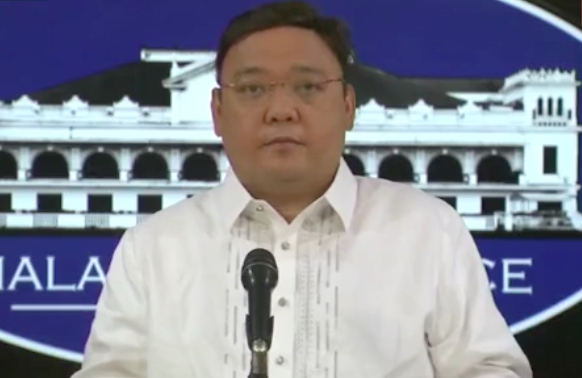The Philippine government has revised the list of areas placed under the enhanced community quarantine (ECQ), which will take effect from May 1 to May 15 to curb the spread of COVID-19.
Presidential spokesman Harry Roque said in a briefing last night that the following “high-risk” areas in the Philippines will be subject to ECQ.
- National Capital Region
- Central Luzon except Aurora
- Calabarzon
- Pangasinan
- Benguet including Baguio City
- Iloilo province
- Cebu province including Cebu City
- Davao City
“If you remember, there are provinces that [were previously on the list, and] are no longer under ECQ. During the first announcement, we said it was subject to verification. The provinces have now been removed,” Roque said.
The updated ECQ list now excludes the provinces of Antique, Aklan, Capiz, Davao del Norte, and Davao de Oro.
Roque added that areas not included in the list are considered at a moderate to low risk and will automatically be placed under a general community quarantine or GCQ. A form of quarantine with more relaxed measures, GCQ will be implemented in the rest of the country starting May 1.
Meanwhile stricter quarantine measures will be implemented under ECQ, which includes the continued suspension of mass transport. Only essential business and services will be allowed to operate, and travel from ECQ to GCQ areas are limited to the transport of essential goods and cargo. Only one resident per household will be allowed to leave the house to purchase food and medicine, and they are required to show a piece of paper called a “quarantine pass.”
https://www.facebook.com/pcoogov/photos/a.1377432535619737/3488542234508746/?type=3&theater
Read: Duterte floats possibility of ‘partially’ reopening PH despite mounting COVID-19 cases
Under GCQ meanwhile, the partial reopening of non-leisure shops in malls and the resumption of essential construction projects are permitted. Public transport will also be allowed to resume but at a reduced capacity, and only people aged 21 to 59 will be allowed to leave the house. Children, the elderly, and the sick are required to stay at home.
The agriculture industry, food manufacturing companies, as well as general utility firms, will be allowed to fully open under GCQ, while repair and maintenance services, call centers, and banks are allowed to resume on-site work but only partially. Half of their workforce are still required to work from home.
https://www.facebook.com/pcooglobalmedia/photos/pcb.581315705824741/581315592491419/?type=3&theater
Meanwhile, the Inter-Agency Task Force on Emerging Infectious Diseases (IATF-EID), the country’s COVID-19 task force, said GCQ in low-risk areas may be removed altogether if reported cases reduce significantly.
“The general community quarantine in low-risk areas may be lifted after May 15, 2020 should no deterioration in their risk level occur,” a resolution by IATF-EID read.
Previously, only the island of Luzon—where most COVID-19 cases were reported— was placed under ECQ on March 17 to curb the spread of the pandemic. The lockdown was supposed to end on April 30. Following extensions, ECQ now covers parts of Visayas and Mindanao.
To date, the country has 7,958 confirmed COVID-19 cases, which includes 530 deaths, and 975 recoveries.




